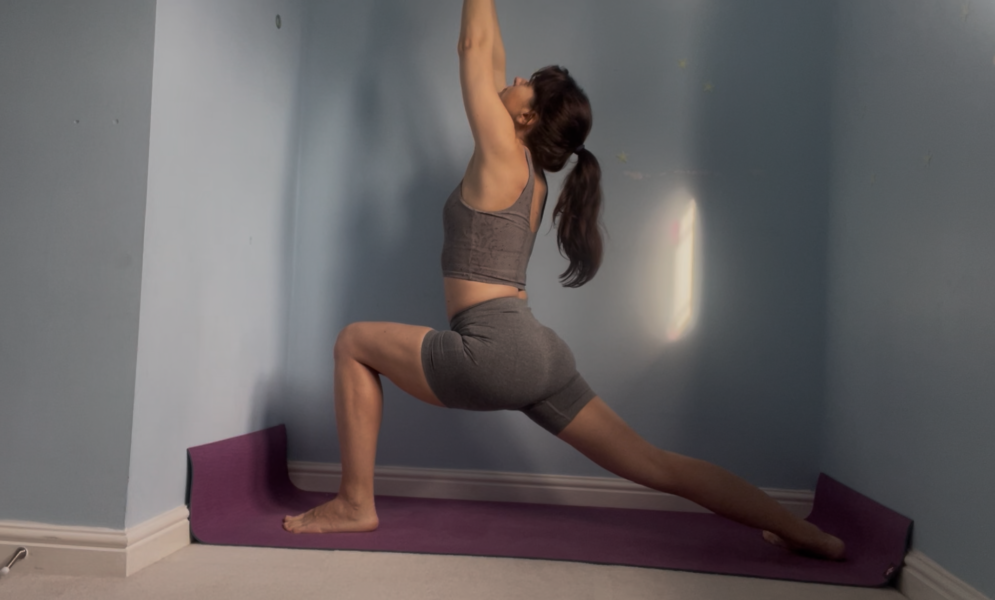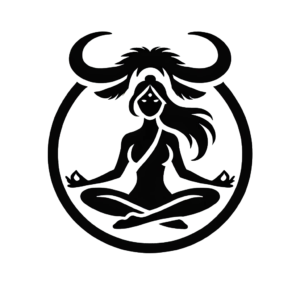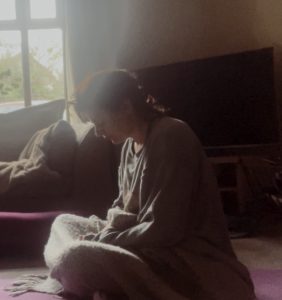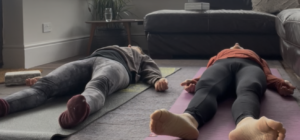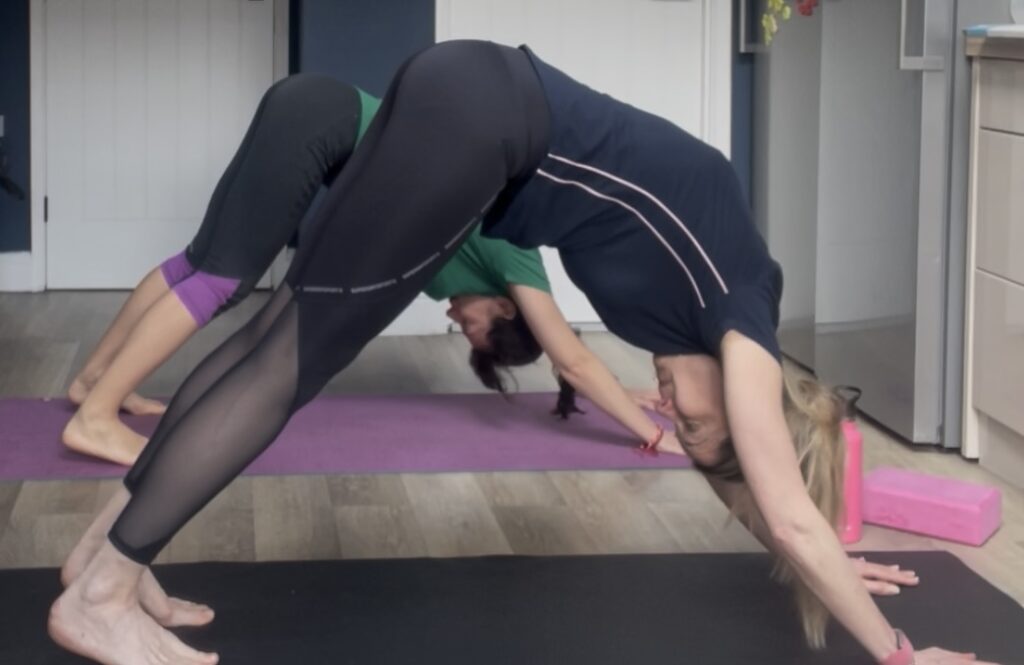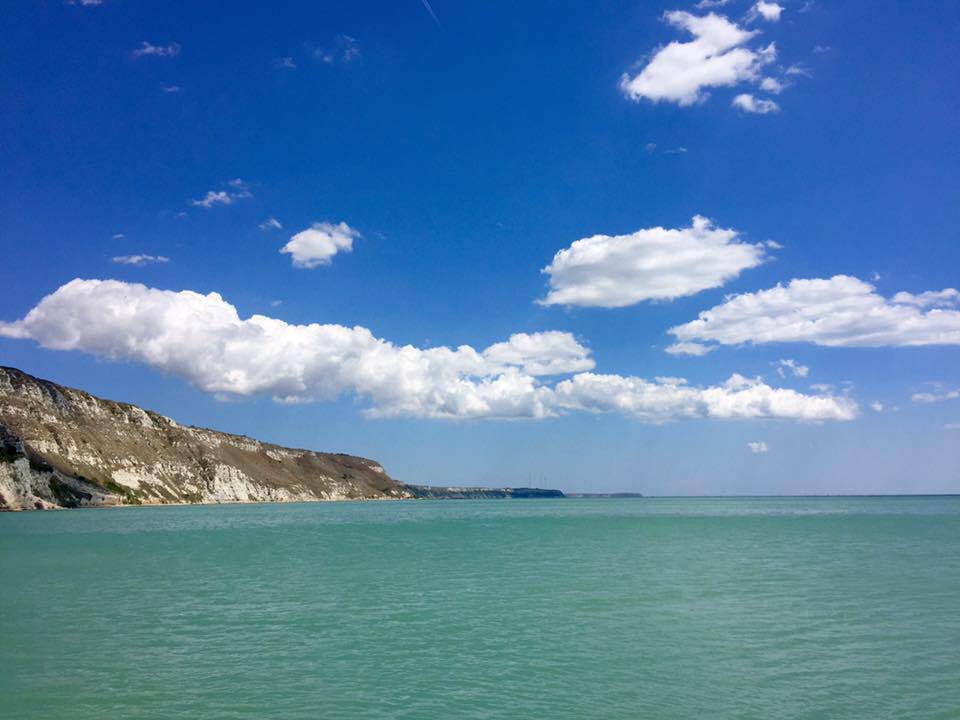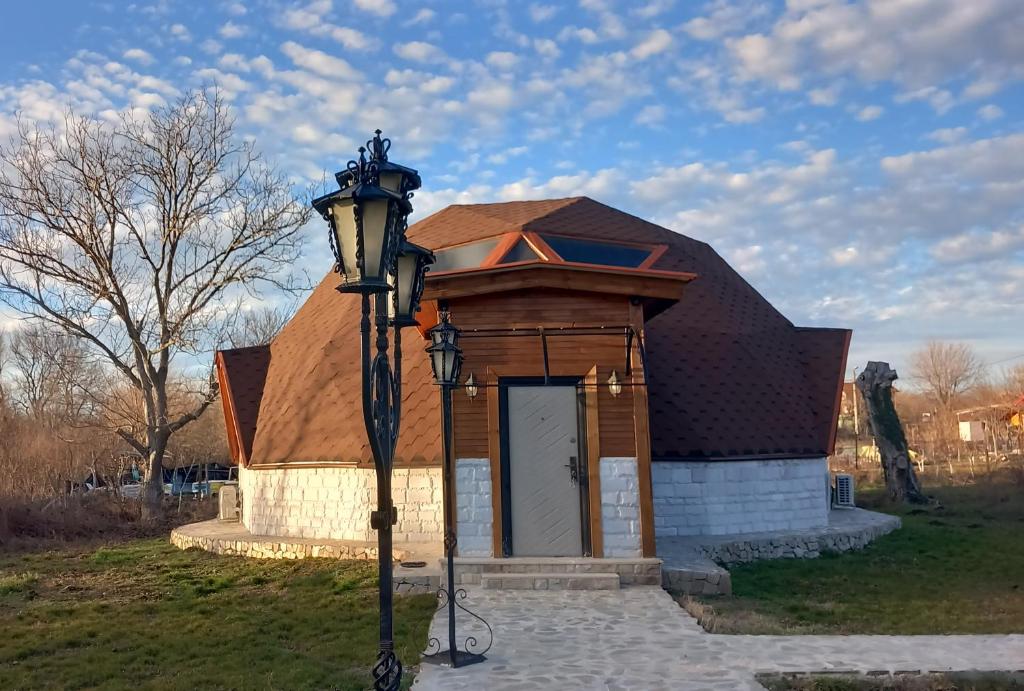VINYASA YOGA
“According to Yoga Journal, ‘Vinyasa is derived from the Sanskrit term nyasa, which means “to place,” and the prefix vi, “in a special way”—as in the arrangement of notes in a raga, the steps along a path to the top of a mountain, or the linking of one asana to the next.’”
“Vinyasa is a combination of Hatha, Ashtanga, and Viniyoga that lends itself to all levels and meets students where they are at in their personal practice. Unlike its predecessors, vinyasa yoga is flexible and can be adapted and modified to meet the needs of the student. Sequencing vinyasa flow is fun, lyrical, and engaging. Typically, vinyasa flow is set to music, but it can also be practiced without music. Whether you use music or not, the outcome is the same; vinyasa flow has the capability to help practitioners drop out of their thinking mind and into the sensational body where the present moment is unfolding right before their eyes.
Vinyasa flow is more than just a style of yoga asana; it’s a combination of the three most prominent lineages in the line of Krishnamaychara. If you’re new to vinyasa flow you can read more about its history and benefits here. If you’re a practicing yogi, chances are you’ve been introduced to vinyasa at least once or twice. Vinyasa classes have been featured in studios for decades, and with the increasing popularity of all things yoga we’re seeing more and more vinyasa classes pop up here and there, and everywhere.
Many students come to class with anxiety or stress, so we are helping them to tone their sympathetic nervous system while preparing them to eventually initiate their parasympathetic nervous system. ” From How To Sequence Vinyasa Flow by Michelle Young
